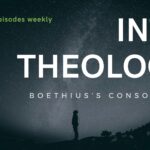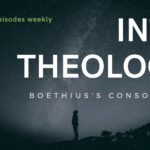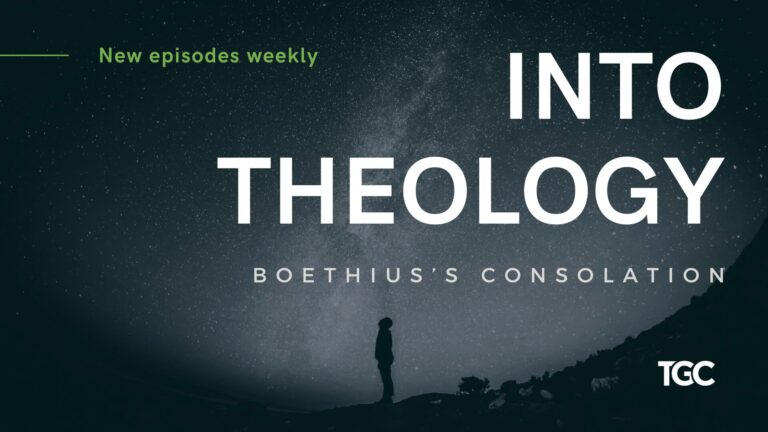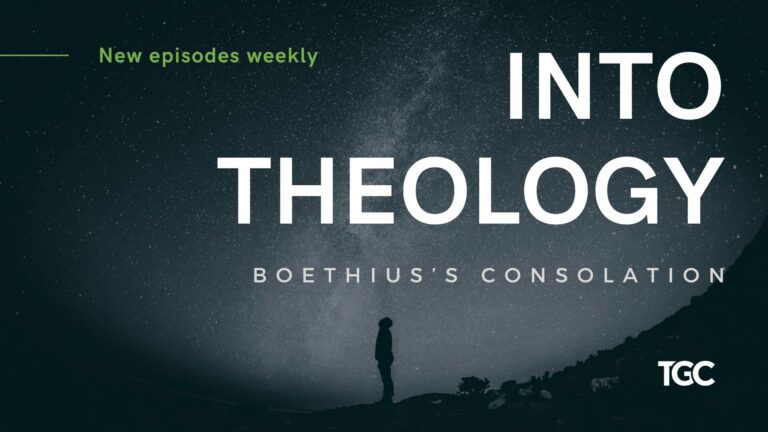John 20:17 seems strange. After Jesus rose from the dead, Mary Magdalene weeps in front of the empty tomb. At first mistaking Jesus to be the gardener, she recognizes Jesus once he calls her by name. Her first impulse is to reach out a “cling” to Jesus.
But Jesus says, “Do not cling to me, for I have not yet ascended to the Father” (John 20:17).
The verb “cling to” is literally “touch.” Apparently, Jesus cannot be touched until he ascends to the Father. At first glance, this seems strange. D. A. Carson even adds that “This verse belongs to a handful of the most difficult passages in the New Testament” (John, 642–43)
Why did Jesus tell Mary not to touch him? Is it even possible to figure out? I think so, and in the following, I explain why I believe Jesus told Mary not to touch him “for I have not yet ascended to the Father” in John 20:17.
Why Jesus Commanded Thomas to Touch him ten Verses Later
What complicates the picture is that only ten verses after Jesus prohibits Mary from touching him, he commands Thomas to touch him (John 20:27). Elsewhere, Jesus commands the disciples to touch him (Luke 24:39). Matthew 28:9 also records the disciples taking hold of his feet.
In both John 20:27 and Luke 24:39, however, Thomas and the disciples touch Jesus to verify that he rose bodily from the dead. Thomas will not believe Jesus rose bodily unless he places his hands in the nail wounds of Jesus (John 20:25). Jesus tells the disciples to touch him to confirm that he is not a ghost: “Touch me, and see. For a spirit does not have flesh and bones as you see that I have” (Luke 24:30).
Matthew 28 narrates that the disciples grabbed his feet in spontaneous worship. Matthew includes almost no detail about this “touching,” and so we cannot say more than this. However, in John and Luke, it is clear that touching Jesus confirms to the skeptical disciples that Jesus rose bodily from the grave.
Mary Magdalene had no such skepticism. After Jesus said her name “Mary,” she immediately saw him and called him “Rabboni” (John 20:17). She did not need to touch him to prove that he truly rose. Instead, she confidently tells the disciples, “ “I have seen the Lord” (John 20:18)
The point is that Mary, unlike Thomas (and others) did not need proof that Jesus truly rose. She believed. So Jesus can communicate something different to her than he could with the disciples.
What did Jesus Communicate to Mary then?
The twin stories of Mary and Thomas in John 20 reveal two ways people can respond to the resurrection of Jesus. Some like Thomas may doubt the bodily resurrection. Others like Mary may believe Jesus rose from the dead but did not grasp the full extent of who he was. Jesus is the Word of God, the creator of the universe, the God of Israel.
Once Thomas verified the bodily resurrection, he immediately exclaimed, “My Lord and my God!” (John 20:28). Jesus affirms his claim and says, “Because you have seen me, you have believed; blessed are those who have not seen and yet have believed” (John 20:29).
Thomas sees the Word of God in the flesh of Christ. He affirms near the end of John what readers knew from the first chapter: Jesus is the Word of God through whom all things were created, who took on human flesh, and who reveals God in that flesh (John 1:1–3, 14, 18).
Mary attempts to cling to Jesus but apparently has not yet realized his full divine identity. Unlike Thomas, she knew he was the resurrected Jesus. She had no need to touch his hands and side. So Jesus says, “Do not hold on to me, for I have not yet returned to the Father. Go instead to my brothers and tell them, ‘I am returning to my Father and your Father, to my God and your God’” (John 20:17).
What adds weight to this conclusion is John’s argument that people reject Jesus when they see him only according to the flesh and not as the revealer of the Father.
For example, when Philip asked Jesus, “Lord, show us the Father, and it is enough for us,” the Lord responded, “Have I been with you so long, and you still do not know me, Philip? Whoever has seen me has seen the Father” (John 14:8, 9).
Philip saw Jesus according to the flesh alone. He did not know—as readers of John know—that Christ is both visible in the flesh and invisible according to his divine nature. But as Jesus says, “I and the Father are one” (John 10:30).
The Gospel of John teaches us that Jesus is less than the Father according to humanity (John 14:28) and equal to the Father according to divinity (John 10:30; John 14:9).
This key doctrine of the invisible made visible begins in the Prologue to the Gospel. The Word of God through whom all things were made became flesh (John 1:1–3, 14). The invisible word of God became flesh, and so John tells us: “No one has ever seen God; the only God, who is at the Father’s side, he has made him known” (John 1:18).
Thomas in John 20 saw God in Christ in a spiritual manner since to see Christ in the flesh is to see the Father if one has eyes to see it. Paul similarly says, “From now on, therefore, we regard no one according to the flesh. Even though we once regarded Christ according to the flesh, we regard him thus no longer” (2 Cor 5:16).
What Philip saw was the flesh of Christ alone as many others did (John 1:12). Mary Magdalene also saw him not as the invisible Word of the Father made manifest in the flesh (John 20:17). But Thomas did see Christ as both man in the flesh and God as the Incarnate Word from the Father (John 20:27–28).
Seeing Jesus in the Form of God and the Form of Man
Augustine of Hippo (354–430) puts it this way:
“Touching concludes as it were the process of getting acquainted. He did not want this heart, so eagerly reaching out to him, to stop at thinking that he was only what could be seen and touched. His ascension to the Father signified his being seen in his equality with the Father, that being the ultimate vision which suffices us” (Trinity, I.18)
Mary should not cling to Jesus according to flesh alone, but she needed to cling to him in both the “form of God” and the “form of man,” to use Paul’s language (Phil 2:6–7).
In the Gospel of John, people reject Jesus because they see him as less than the Father. The Jews in John 10:33 explain that they will stone Jesus “because you, being a man, make yourself God.”
By contrast, John tells us that the invisible Word of God became flesh to make God known (John 1:1–3, 14, 18). When Thomas touches the hands of Jesus to confirm his resurrection, he immediately sees past the flesh of Christ and proclaims, “My Lord and my God” (John 20:28).
Mary neither rejects Jesus for his divine claims nor immediately sees him as the invisible Word of God. But she will when Jesus returns to the Father. Hence, Jesus says, “Do not hold on to me, for I have not yet returned to the Father” (John 20:17). And to cement this teaching, Jesus commands her instead to proclaim his resurrection and ascension to the Father to the disciples (John 20:17).
Conclusion
John 20:17 is one of a handful of the most difficult passages in the Bible according to D. A. Carson. Two clues clarify its meaning. First, Mary and Thomas contrast each other because Jesus tells Mary not to touch her, while Jesus tells Thomas to touch him. The reasons for this difference matter.
Thomas did not believe Jesus rose bodily until he touched his hands (John 20:27). Immediately, Thomas called Jesus, “My Lord and my God!” (John 20:28). By touching Jesus’ hands, Thomas begins to see who Jesus is; in “the form of the servant” he sees “the form of God.” That is, “ Whoever has seen me has seen the Father,” as Jesus says (John 14:9).
Mary immediately believed Jesus had risen from the dead. But in contrast to Thomas in John’s story, we can see that Jesus aimed to teach her an alternative lesson. Jesus did not want her to cling to him as if he was a merely resurrected man; but he wanted her to cling to him when he went to the Father—where his co-divinity would be obvious.












